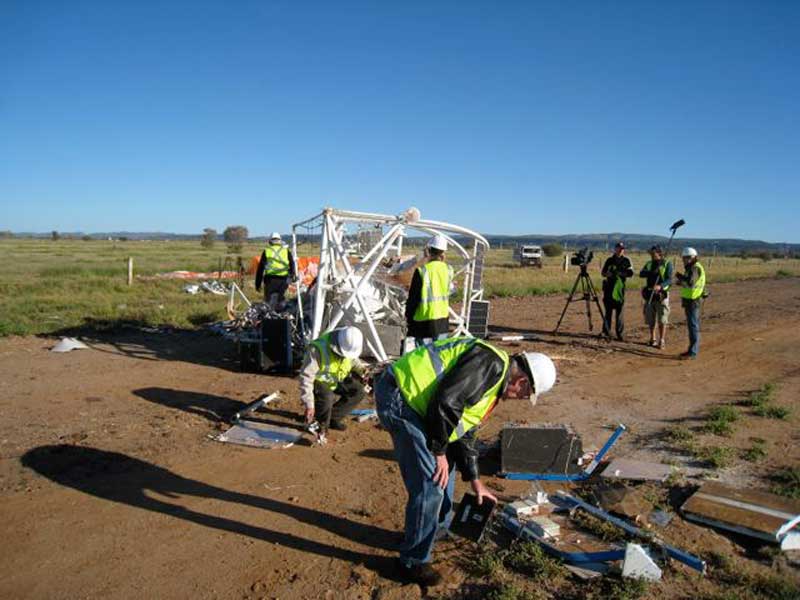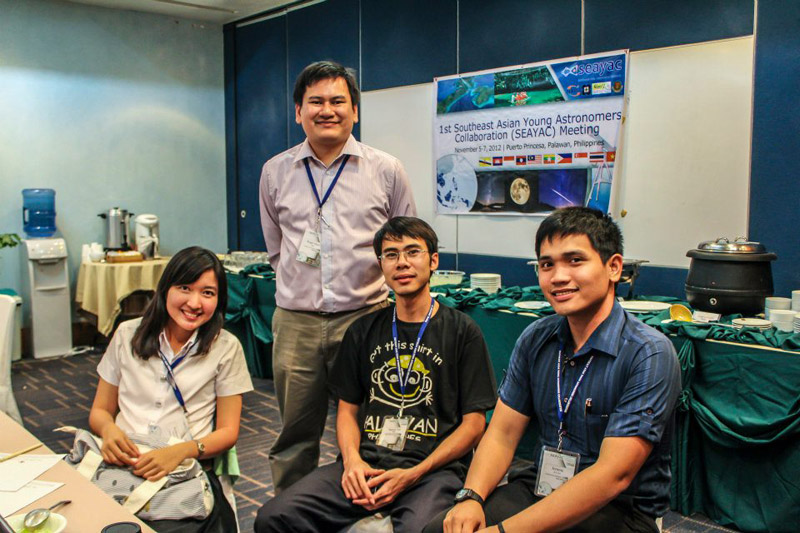
Vol. 5, Issue 11 | Download PDF
How can an organization address the human dimension of complex projects?
Given that one-of-a-kind complex projects require innovation, learning is a precondition of success. Over a span of more than two decades, APPEL has developed a three-level approach for addressing the learning needs of NASA’s project and engineering workforce. By focusing on individuals, teams, and organizational knowledge as a whole, the Academy creates multiple “touch points” for professional development. In the process, individuals build their competencies skills, teams get the support they need in the field, and the agency matures as a learning organization. Below is an excerpt from NASA’s Journey to Project Management Excellence by APPEL Director Dr. Ed Hoffman and APPEL communications lead Matt Kohut.
Why do projects fail? There are plenty of opinions on this subject. A quick Google search on the phrase “why projects fail” turns up hundreds of thousands of hits. Scholars of project management have yet to reach a consensus. Some propose that project failure is under-theorized, while others say that an emphasis on success and failure is narrow and counterproductive. For a publicly accountable organization like NASA, understanding the causes of project failure is not an abstract concern. Rather, it is critical to mission success and the agency’s continuous growth as a learning organization.
NASA has done several internal studies of project management, including some that have attempted to target why projects fail to meet cost and schedule criteria.
The federal government has also examined project performance issues. For the past two decades, the Government Accountability Office (GAO) has studied how well government agencies manage acquisition projects. Every two years GAO updates its “High-Risk Series,” which identifies government programs at risk. Based on these studies, GAO has come to its own conclusions about government project management:
“GAO’s work has shown that agencies confront several interrelated challenges, including separating wants from needs; executing acquisition programs within available funding and established timeframes; using sound contracting arrangements with appropriate incentives and effective oversight; assuring that contractors are used only in appropriate circumstances and play proper roles; and sustaining a capable and accountable acquisition workforce.”
This list offers some insights about the nature of project failure. A closer look at each reveals a common denominator.
Download a PDF version of the book or find it on APPEL’s iTunes U site.









